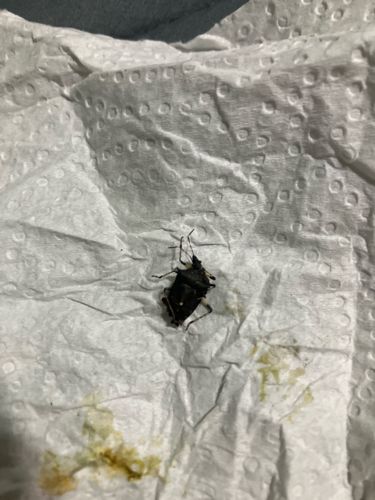Brown Marmorated Stink Bug
Scientific Name: Halyomorpha halys
Order & Family: Hemiptera (True Bugs), Pentatomidae (Stink Bugs)
Size: Typically 1.2 to 1.7 cm (0.5 to 0.7 inches) in length.

Natural Habitat
Originally from East Asia (China, Japan, Korea, Taiwan), it has become an invasive species in North America and Europe. It lives in agricultural areas, orchards, gardens, and can invade homes and other structures seasonally for overwintering.
Diet & Feeding
It is a polyphagous insect, meaning it feeds on a wide variety of plants. It uses its piercing-sucking mouthparts to feed on fruits, vegetables, field crops, and ornamental plants. It can cause significant damage to crops like apples, peaches, corn, soybeans, and peppers by feeding on the fruits/seeds and foliage, leading to necrosis, scarring, and reduced yield.
Behavior Patterns
Stink bugs are known for releasing a foul-smelling liquid from scent glands on their thorax when disturbed or crushed, which is a defense mechanism. They overwinter as adults, often seeking shelter indoors in large numbers in the fall. In spring, they emerge to mate and lay eggs. They typically have one to two generations per year depending on the climate. Adults are capable of flight.
Risks & Benefits
Risks: It is a significant agricultural pest, causing substantial economic losses to farmers due to crop damage. While not harmful to humans (they don't bite or sting, though some individuals may have a mild allergic reaction to the stink fluid), their overwintering aggregations in homes can be a nuisance. Benefits: There are no significant known benefits of the brown marmorated stink bug; it is primarily considered an invasive pest.
Identified on: 11/6/2025